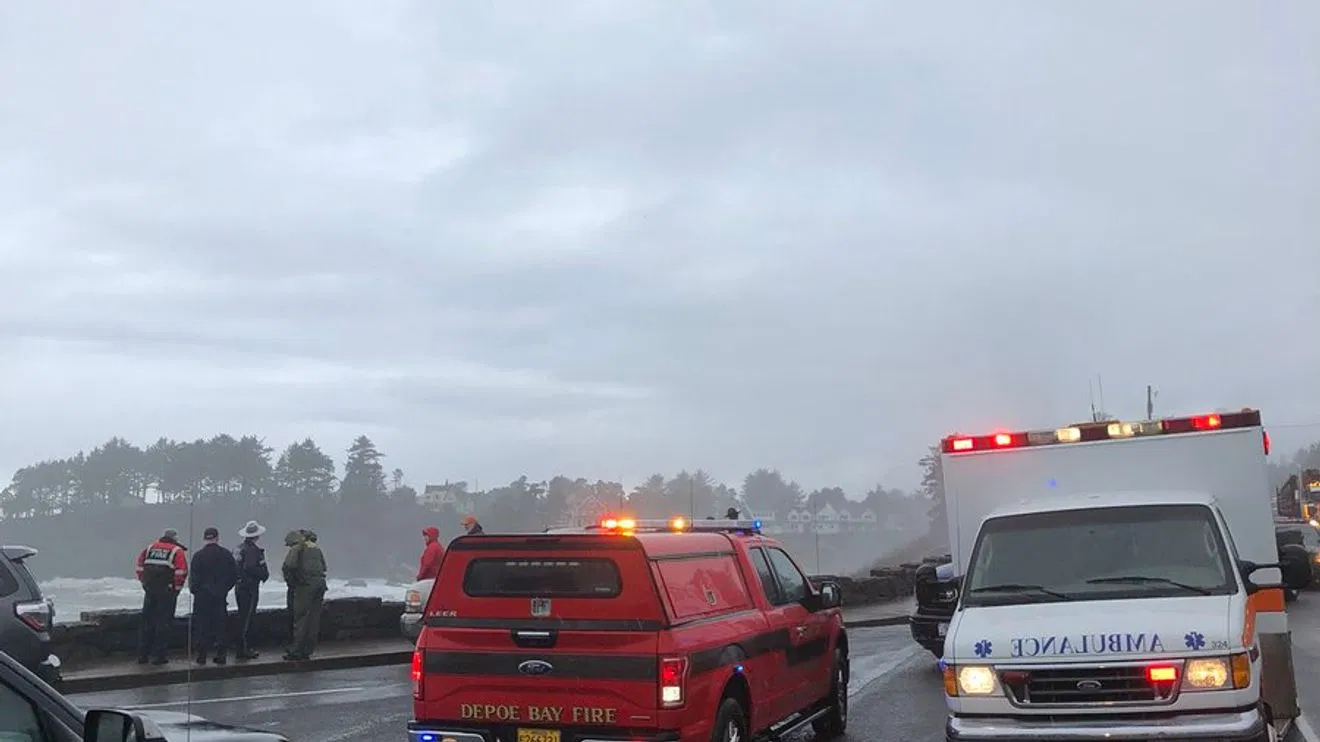OSU selects noted oceanographer to head Marine Studies Initiative
Jack Barth, an Oregon State University oceanographer known for his teaching, research, and public engagement related to marine low-oxygen zones, and his leadership in the national Ocean Observatories Initiative, has been named executive director of the Marine Studies Initiative at OSU.
The MSI is a comprehensive, university-wide effort by Oregon State to address ocean health and coastal challenges by creating a global education and research program that blends the science of oceanography with business, engineering, education, the arts and humanities, agriculture sciences, forestry and social sciences, according to Oregon State President Edward J. Ray.
“The world’s oceans are facing unprecedented challenges and the need to address this range of issues – and educate the next generations of an ocean-literate citizenry – is a major focus of this initiative,” Ray said. “Jack Barth is uniquely qualified to lead the enterprise, as a respected scientist, an outstanding educator and collaborator.”
Barth has been on the OSU faculty since 1989 and has been associate dean for research in the university’s College of Earth, Ocean, and Atmospheric Sciences for the past four years. He also has been co-lead of the Marine Studies Initiative since its inception in 2014, with Bob Cowen, director of OSU’s Hatfield Marine Science Center in Newport, Oregon.
“In appointing Jack Barth — and with the strong leadership provided by Bob Cowen as director of the Hatfield Marine Sciences Center — Oregon State is doubling down,” said Ray. “Jack will lead our overall MSI activities and link those initiatives to research, teaching and public engagement conducted at OSU and globally. Bob will drive Oregon State’s Newport-based efforts along the Oregon coast.”
Ray said Cowen will continue to direct Oregon State’s HMSC facilities, fundraising and coastal community relations, and will share in the development of Newport-based academic and research programs. “Among the goals of the Marine Studies Initiative is to greatly broaden and better connect various marine studies disciplines across the university,” Barth said.
“We’ll still focus on oceanography, fisheries, marine biology, and other science-related issues, but we see some exciting areas into which we could expand including economics, social and public policies, ocean engineering, business and others.” By 2025, the Marine Studies Initiative seeks to teach 500 students annually at OSU’s Hatfield Marine Science Center and up to 800 more marine studies-related students in Corvallis.
A critical first step in the initiative is a new $50 million, 100,000-square-foot building that could open as early as 2018 in Newport. The Oregon Legislature approved $24.8 million in state bonding for the facility, and the OSU Foundation will raise an additional $40 million in private funding – $25 million to match the state funds and another $15 million to support-related projects.
“The new Newport academic and research facility will be a world-class teaching and research center where OSU will address many of the most pressing problems facing the Oregon coast and the world’s oceans,” said Cowen. “This center will drive discovery; expand learning; and serve as an essential coastal community asset and economic driver.”
Barth is a 1982 graduate of the University of Colorado, where he received a bachelor’s degree in physics. He has a Ph.D. in oceanography in 1987 from the Massachusetts Institute of Technology and the Woods Hole Oceanographic Institution.
An expert in coastal oceanography, Barth led an $8.4 million interdisciplinary program to study the coastal upwelling marine ecosystem off Oregon. Near-shore studies are critical because much of the world’s population lives near coastal areas, and these marine ecosystems face myriad issues, including sustainable fisheries, ocean acidification, harmful algal blooms, hypoxia, sea-level rise and erosion.
Barth was a member of the National Science Foundation’s Observatory Steering Committee that launched the $386 million Ocean Observatories Initiative. He co-wrote the proposal that resulted in Oregon and Washington being selected as the site for the OOI’s Endurance Array, a sophisticated network of underwater sensors designed to monitor changing ocean conditions.
He also has been a co-principal investigator for the Partnership for Interdisciplinary Studies of Coastal Oceans (PISCO), which has received more than $56 million to conduct nearshore research and educate students.
Information and photo provided by OSU
